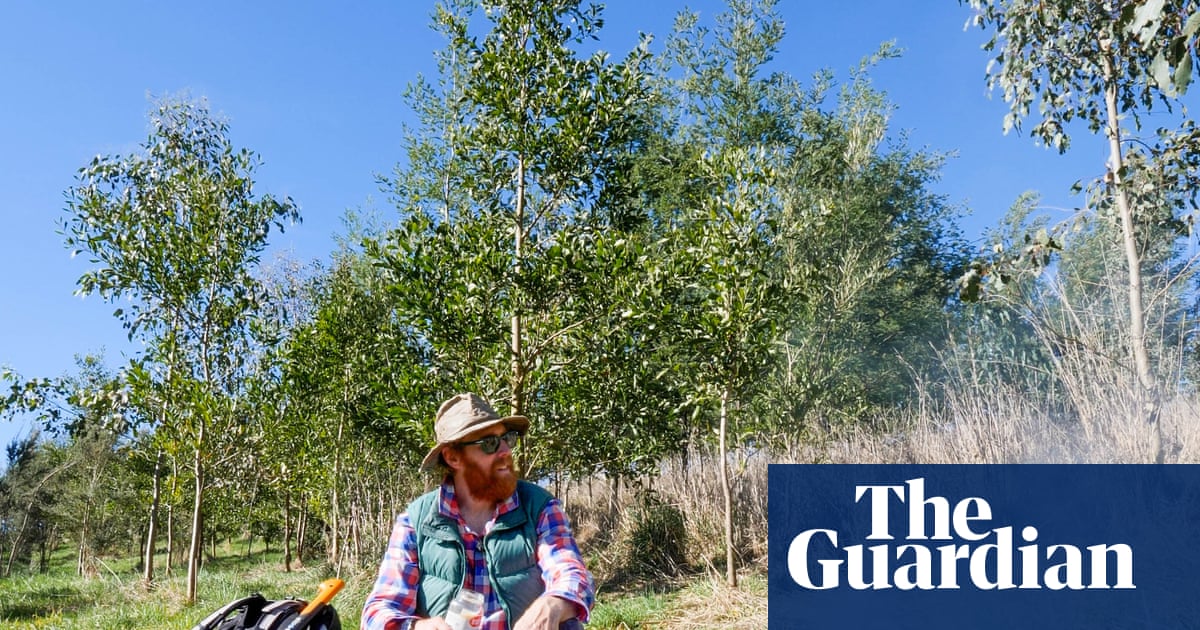PROTECT YOUR DNA WITH QUANTUM TECHNOLOGY
Orgo-Life the new way to the future Advertising by AdpathwayFantasies Of Hellish Summer Heat Waves And Extreme Drought Evaporate… Reality: Germany 2025 summer was just somewhat warmer, sunnier than normal.
Climate hype: Germany’s DWD national weather service says the country’s summer 2025 was marked by extreme weather and heat waves. Yet, public swimming pools saw fewer visitors than normal. Symbol image generated by Grok 3 AI.
The summer of 2025 in Germany was characterized by near normal conditions, according to the data released by the German Weather Service (DWD).
After a warmer than normal June and an equally warm August, a wet July provided an extended cool period, which poured cold water on earlier alarmist warnings of extreme drought and heat made in early summer.
Warm days and cool nights
With an mean temperature of 18.3 °C, the summer of 2025 in Germany was only 0.7°C warmer than the long-term 1991-2020 climate mean. Two hot periods were responsible for the modestly warmer mean temperature: In early June, the mercury climbed to over 38°C in central Germany.
Andernach on the Middle Rhine recorded the highest nationwide value with 39.3 °C. The figure, however, was much lower than the fantasy 45°C some hysterically alarmist forecasters outlandishly projected we would maybe see. Also see here, here and here.
In mid-August, another spell of heat brought peak temperatures of up to 37 °C, i.e. 8°C below the outlandishly forecast summer peak temperatures of 45°C mentioned above.
Near frost!
Despite the two short hot spells, there were also cool periods. Cool nights, especially in early June and late August, even provided near frost conditions. Deutschneudorf-Brüderwiese in the Ore Mountains reported the lowest summer temperature at just 0.6 °C on August 24.
Wet July ended alarmists’ fantasies of drought
Overall, the summer of 2025 in Germany was just slightly drier than average, as a particularly wet July prevented a drought. June and August were relatively dry.
July was unusually wet with heavy thunderstorms and some heavy rainfalls. But there were large regional differences: While many areas in central Germany received less than 200 l/m² over the summer, parts of the Alps were hit with over 700 l/m².
The highest daily rainfall was recorded in Todtmoos in the Southern Black Forest, with 111.7 l/m² in a single day in August.
Plenty of sunshine
Despite the July rainfall, the summer of 2025 was very sunny. The total hours of sunshine, at 720 hours, were 17 percent above the long-term average. The southwest of the country was particularly sunny, enjoying nearly 800 hours of sunshine. In contrast, the northwestern lowlands and the Alps received significantly less sun.
Speaking to Germans personally, most will tell you that the summer of 2025 was no lazy, hazy, crazy one.
Donate - choose an amount


 15 hours ago
16
15 hours ago
16






















 English (US) ·
English (US) ·  French (CA) ·
French (CA) ·